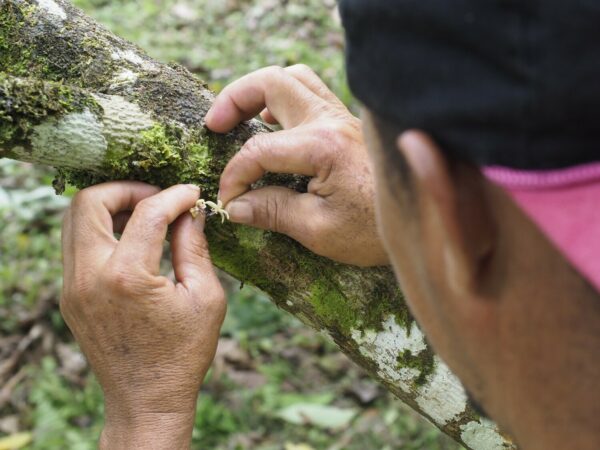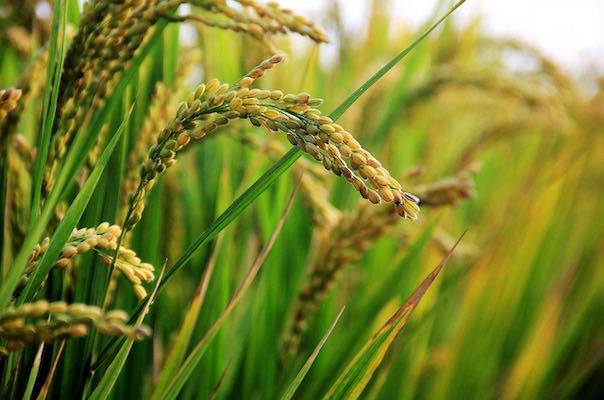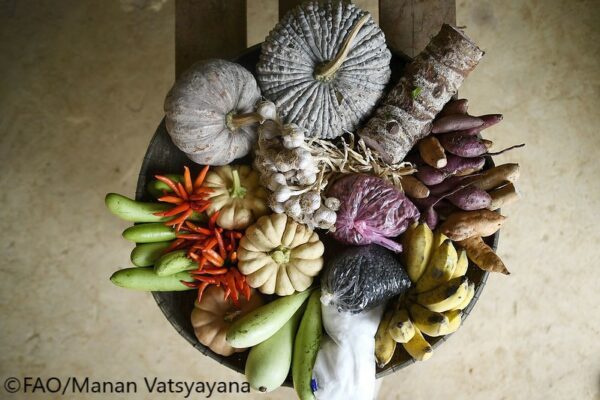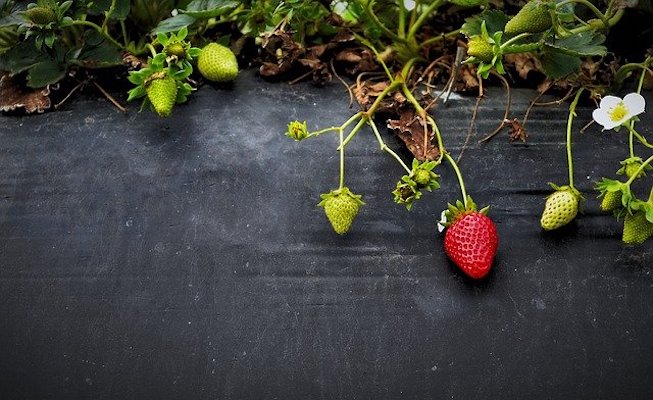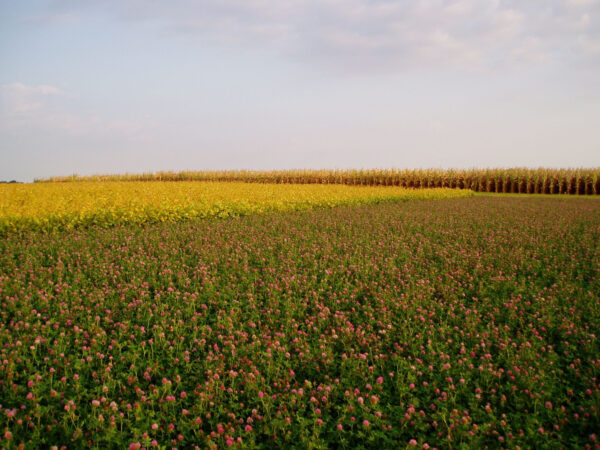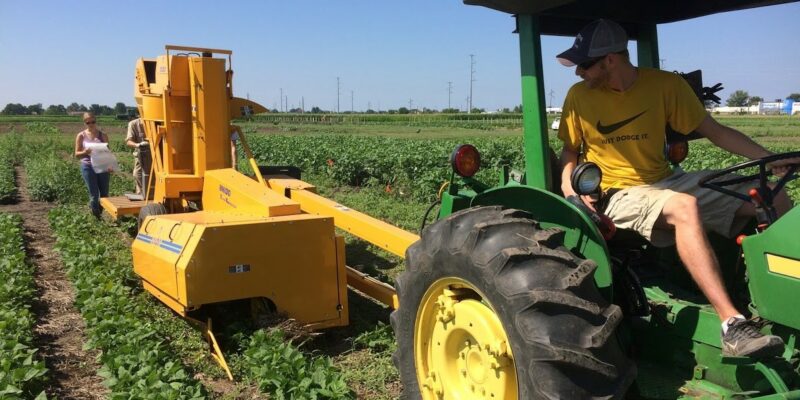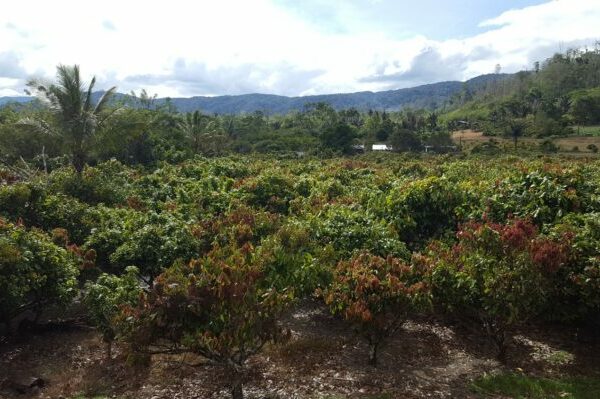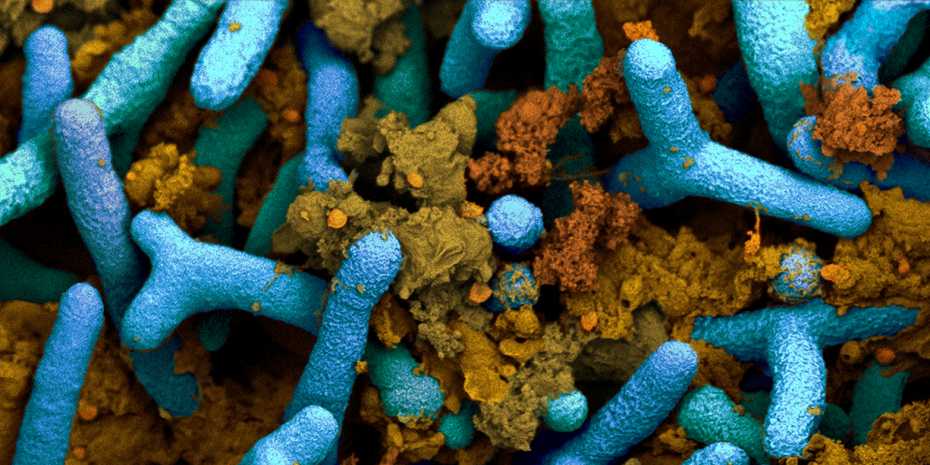
Genetic detective work has uncovered an obscure ancestor of modern bread wheat, in a finding similar to uncovering a famous long-lost relative through DNA analysis in humans. Researchers have sequenced the DNA from 242 unique accessions of Aegilops tauschii gathered over decades from…
Read More


